Japanese Picnic Food & Drink Ideas for Your Next Outing
Picnicking has been a popular pastime in Japan for centuries, dating back to ancient times when royal court members enjoyed dining alfresco below the flowering ume blossoms in spring. And while hanami season is still considered to be the most popular time in Japan to indulge in food, friends and family among nature’s scenery, all you really need is beautiful weather, a shaded tree, a light breeze, and the following selection of Japanese picnic food and drinks for an equally enjoyable outdoor reprieve.
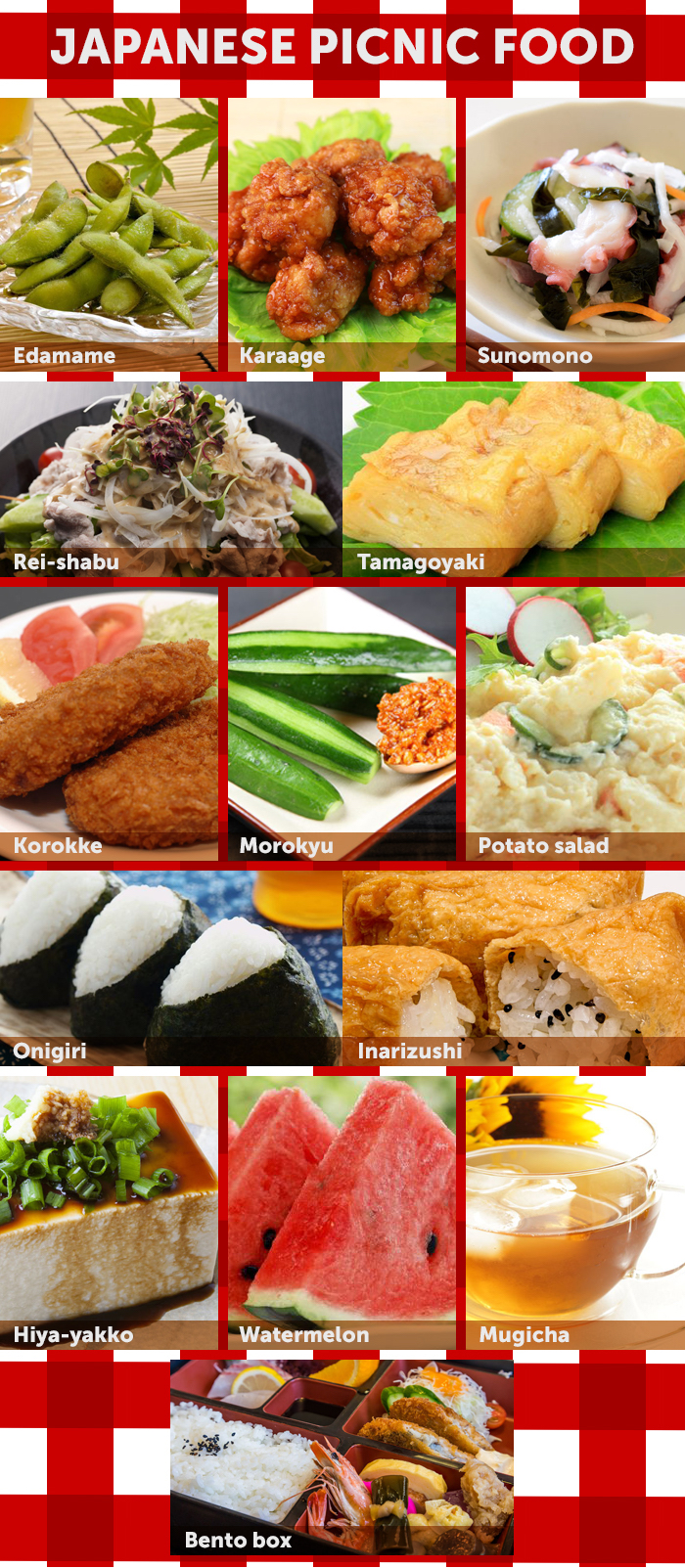
Edamame

Edamame are young soybean pods that are steamed and lightly salted for a healthy snack that’s as fun to share as a bag of unshelled peanuts. While they’re available frozen year-round, it’s best to enjoy them in summertime at their peak freshness when they can be found in supermarkets, often still on the stem, and as appetizers in izakaya and traditional Japanese restaurants.
Kara-age

Fried chicken is a quintessential picnic food for many cultures, and Japan is no exception. Japanese-style fried chicken, called “kara-age,” is made with bite-size pieces of chicken marinated in soy sauce and ginger and coated in potato starch before deep-frying. It’s commonly eaten with Japanese mayonnaise and a fresh squeeze of lemon.
Sunomono

Sunomono are Japanese pickles made by dressing vegetables in a light rice vinegar-based vinaigrette. The most common variety is cucumber sunomono, but sunomono can be made with almost any vegetable including daikon (radish), wakame (seaweed), or goya (bitter melon), and even with some non-vegetable items like sliced octopus.
Rei-shabu
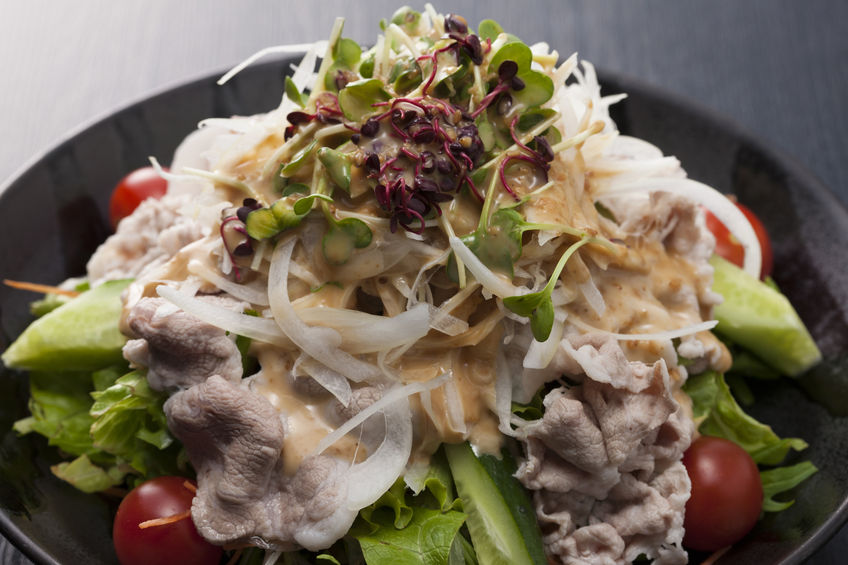
Rei-shabu is a cold dish of thinly sliced pork that’s lightly simmered shabu shabu-style, chilled, and served with a ponzu citrus dressing or sesame sauce (the two main dipping sauces used for shabu shabu). It’s a perfect way to enjoy this delicious winter dish during the heat of summer.
Tamagoyaki

A popular picnic food in Japan, Tamagoyaki is a Japanese-style rolled omelet that’s flavored with dashi and a bit of sugar for a richer and slightly sweeter flavor than Western-style omelets.
Korokke
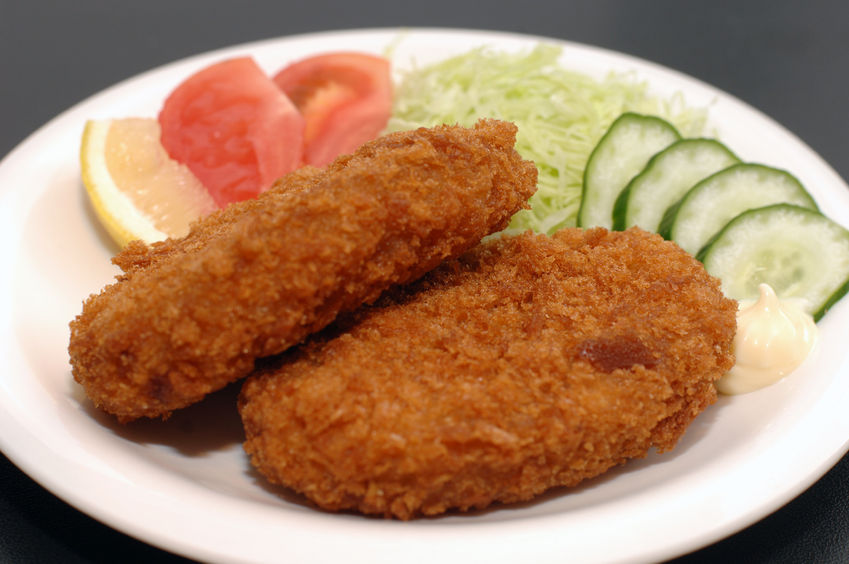
Korokke are Japanese style potato croquettes, made with a mashed potato mixture that’s shaped into a round or oval patty, breaded with large flaky Japanese panko breadcrumbs, and deep-fried. Apart from the standard Hokkaido potato filling, korokke may also contain a savory cream filling (often crab or chicken) or a mixture of minced meat.
Morokyu (Cucumber with Miso)
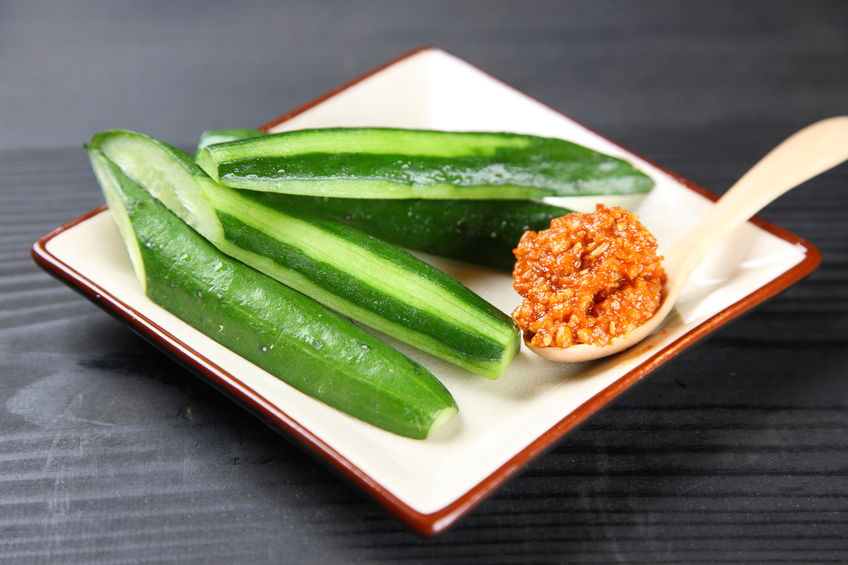
Cucumbers are a popular summertime food in Japan thanks to their high water content and crisp, refreshing taste. Unlike Western cucumbers, Japanese cucumbers are much thinner, and have a more delicate skin that can be eaten as is without any peeling. One popular way to enjoy cucumber in the summertime is morokyu, or chilled cucumber with miso (soybean paste). The nutty flavor of the miso is a perfect match for the mild flavor of the cucumber.
Japanese Salads
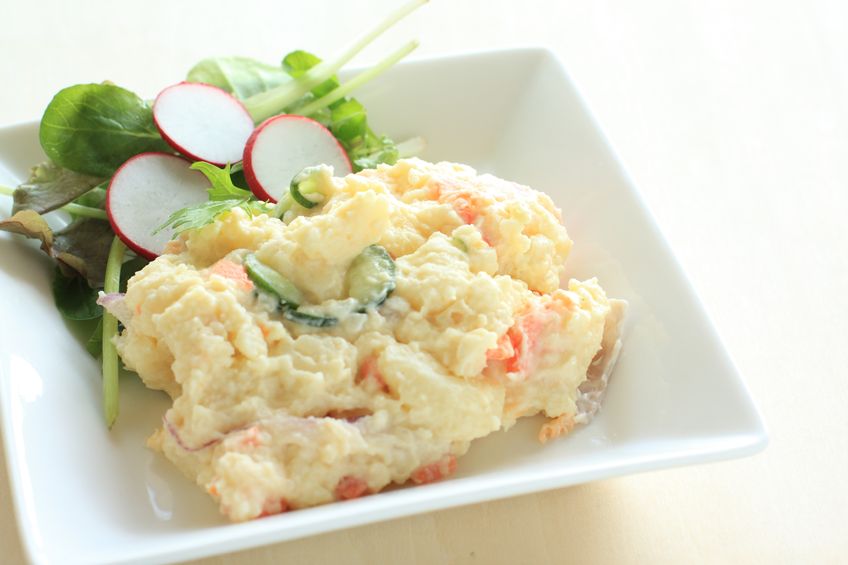
Japanese cuisine includes many salad dishes and vegetable-based side dishes such as goma-ae, a type of salad tossed in sesame dressing; ohitashi, blanched greens dressed in soy sauce; and namasu, daikon radish and carrot pickled in vinegar.
In addition, potato salad, a Western picnic food, has been adopted as a popular picnic dish in Japan. Made with rich Japanese mayonnaise and a bit of sugar, the flavor has been modified to the Japanese palate for a slightly sweeter taste than Western-style potato salad and may include bits of diced ham, cucumber, and corn.
Onigiri
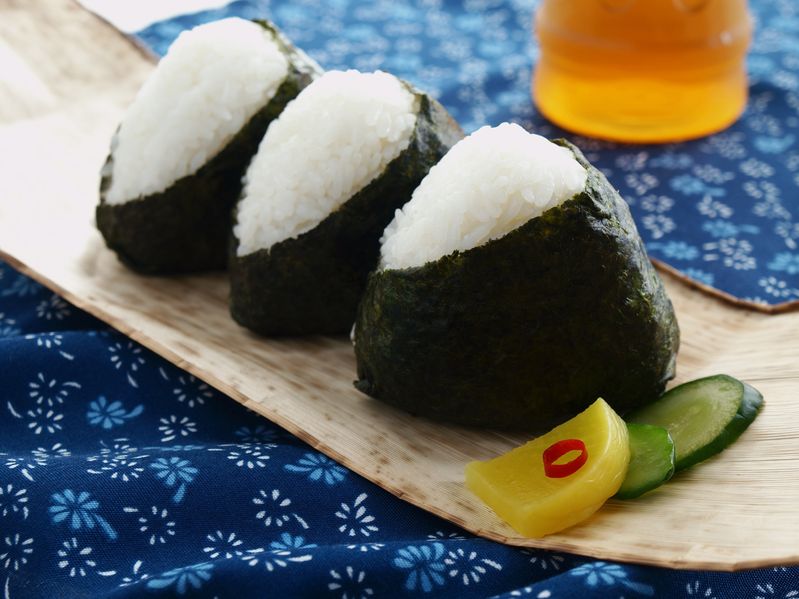
Onigiri rice balls are a favorite lunch box item in Japan and a popular picnic food. They’re made by shaping hot salted rice into a ball, cylinder, or triangle shape with an optional wrapping of toasted nori seaweed. Common fillings include salted salmon flakes, ume (pickled plum), and tuna salad.
Inarizushi
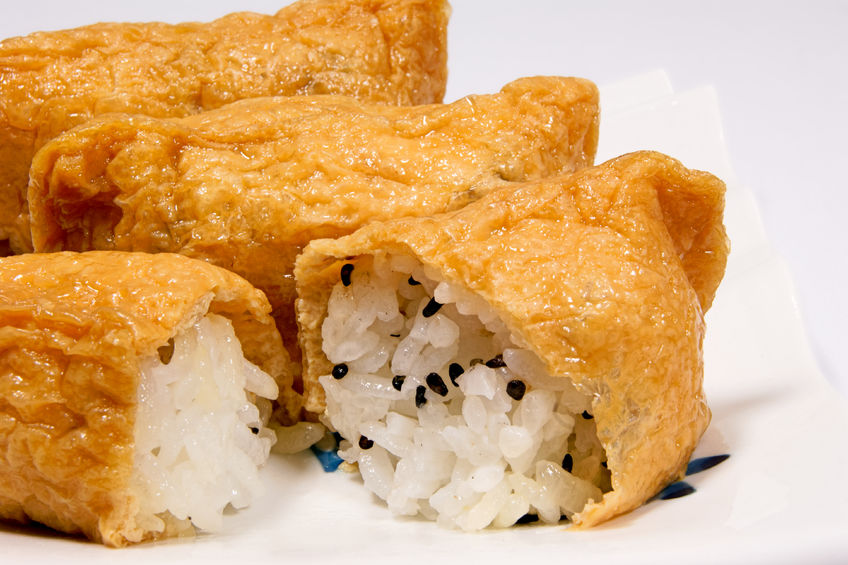
A type of sushi from western Japan, inarizushi consists of fried tofu pouches called “abura-age” stuffed with sushi rice. It keeps well at room temperature because it doesn’t include any raw fish, which makes it an excellent option for picnics.
Hiya-yakko
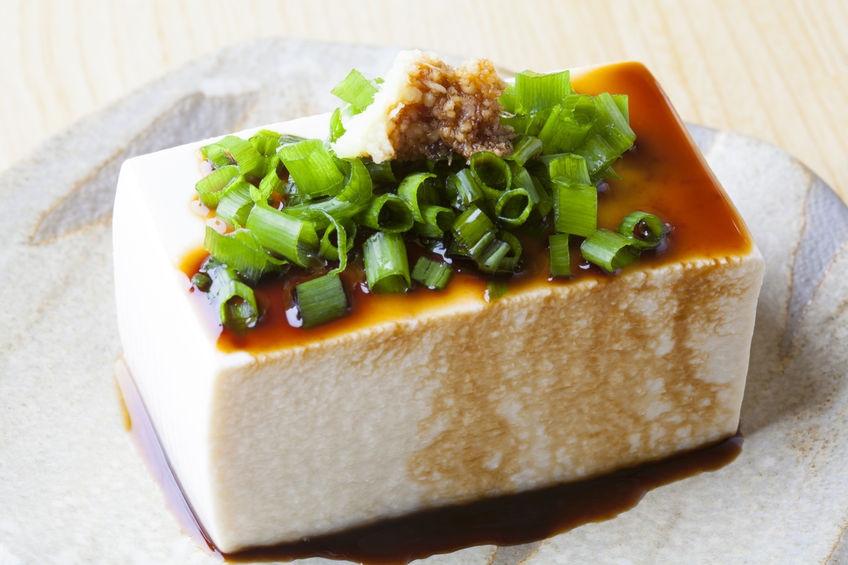
Hiya-yakko is a dish of creamy silken tofu that’s served chilled with a light soy sauce dressing. It’s typically garnished with freshly grated ginger, sliced spring onions, and bonito fish flakes.
Watermelon

Watermelon is one of the most popular summertime fruits in Japan, thanks to its high water content and ability to combat heat exhaustion. It’s grown throughout the country and varies in color from green to gold for the rind, while melon flesh ranges from ruby red to orange and even a light cream color. If you’re having a picnic on the beach, you can try a popular summer beach game called “suika-wari” in which players take turns trying to smash a watermelon with a stick while blindfolded as their friends call out directions.
Mugicha
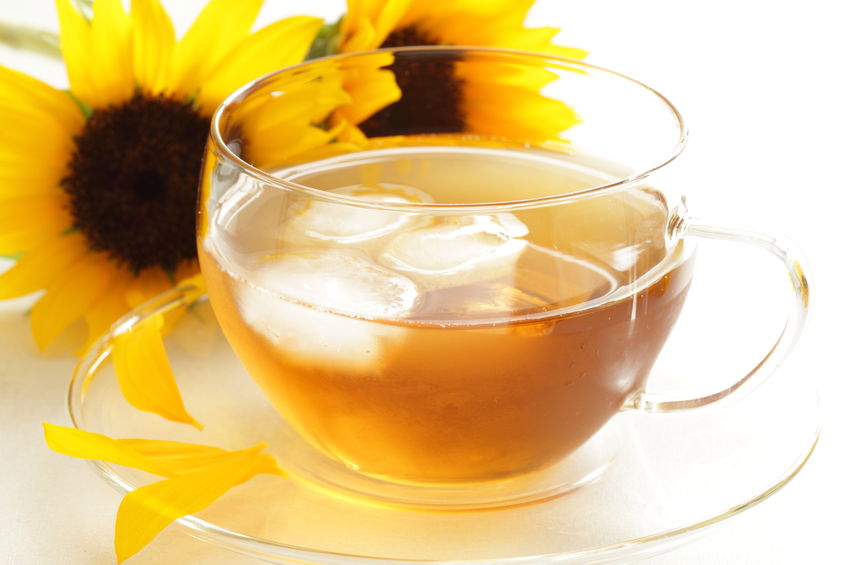
Iced mugicha is a popular Japanese summertime drink that’s believed to prevent the effects of heat exhaustion. It’s made by steeping roasted barley in water, which results in an unsweetened, non-caffeinated tea-like drink that can be enjoyed by young and old alike as a healthy, refreshing beverage.
Simplify Your Japanese Picnic Food with a Pre-Made Bento Box
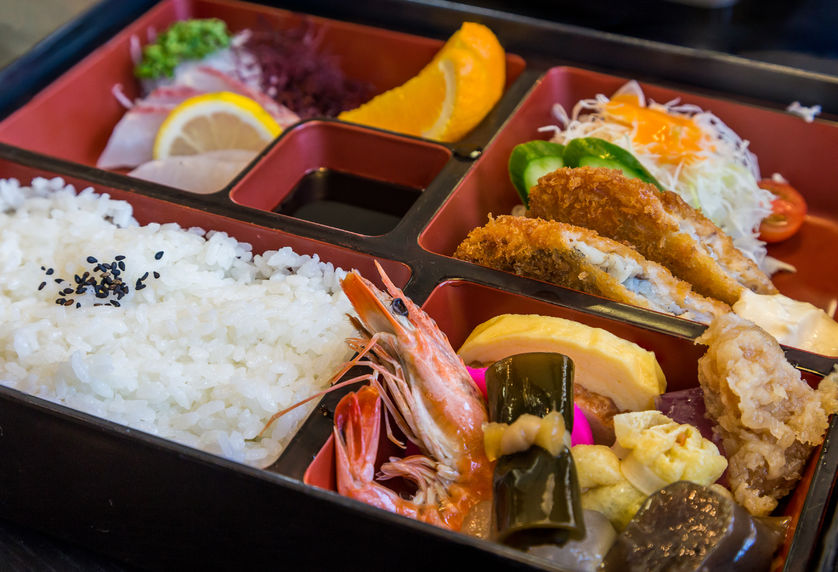
Japanese lunch boxes, known as “bento,” contain a variety of delicious, easy-to-share foods (like those listed above) packed in a portable container. Bento foods are specifically chosen for their ability to keep well at room temperature throughout the day, making them a perfect choice for any picnic. While they can be made at home, or purchased at supermarkets and bento specialty shops, the best Japanese bento can often be found outside of restaurants catering to patrons looking for a delicious lunch to go.
What better way is there to enjoy the outdoor beauty of Japan than with your favorite Japanese picnic food packed bento-style, a bottle of mugicha, and a few friends? For ideas on where to pick up a bento before your leisurely picnic, be sure to visit Gurunavi’s Bento Box listings!









